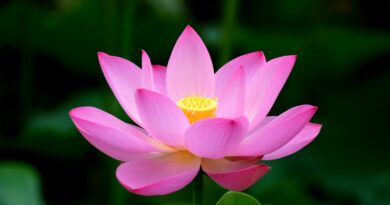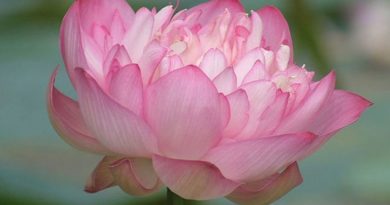THE PATTHANUDDESA DIPANI – CHAPTER 17: JHANA-PACCAYA
THE PATTHANUDDESA DIPANI – CHAPTER 17: JHANA-PACCAYA
The seven constituents of jhana are the paccaya-Dhammas in the relation of jhana. They are: vitakka (initial application), vicara (sustained application), piti (pleasurable interest, somanassa (joy), domanassa (grief), upekkha (hedonic indifference) and ekaggata (concentration in the sense of capacity to individualize). All classes of consciousness (with the exception of the five senses), their concomitants and material qualities in coexistence with the seven constituents, are the paccayuppanna-Dhammas here.
In what sense is jhana to be understood? Jhana is to be understood in the sense of closely viewing or actively looking at; that is to say, going close to the object and looking at it mentally. Just as an archer–who from a distance is able to send or thrust an arrow into the bull’s eye of a small target–holding the arrow firmly in his hand, making it steady, directing it towards the mark, keeping the target in view, and attentively looking, or rather aiming at it, sends the arrow through the bull’s eye or thrusts it into the latter, so also, in speaking of a yogi or one who practices jhana, we must say that he, directing his mind towards the object, making it steadfast, and keeping the kasina-object in view, thrusts his mind into it by means of these seven constituents of jhana. Thus, by closely viewing them, a person carries out his action of body, of word, and mind, without failure. Here, “action of body” means going forward and backward and so forth; “action of word” means making vocal expressions, such as the sounds of alphabets, words and so forth; action of mind” means being conscious of Objects of any kind. So no deed, such as giving charity or taking life can be executed by a feeble mind lacking the necessary constituents of jhana. It is the same with all moral and immoral deeds
To have a clear understanding of its meaning the salient characteristic mark of each constituent of jhana should be separately explained. Vitakka has the characteristic mark of directing the concomitant properties towards the object, and it, therefore, fixes the mind firmly to the object. Vicara has the characteristic mark of reviewing the object over and over, and it attaches the mind firmly to the object. Piti has the characteristic mark of creating interest in the object, and makes the mind happy and content with it. The three kinds of vedana, i.e. joy, grief and indifference, have the characteristic marks of feeling the object, and they also fasten the mind as regards experiencing the essence of desirable, undesirable and neutral objects. Ekaggata has the characteristic mark of concentration and it also keeps the mind steadfastly fixed on the object.
[End of the Jhana-Relation]









